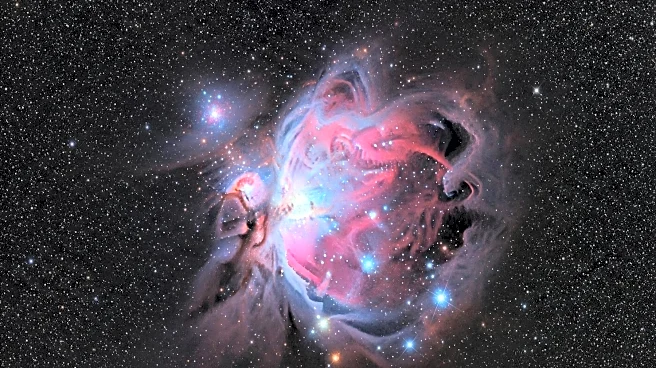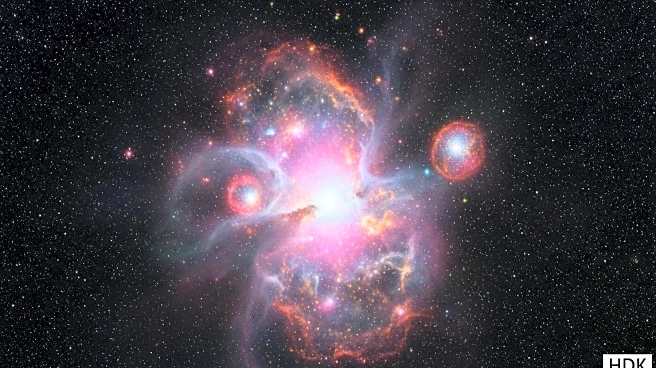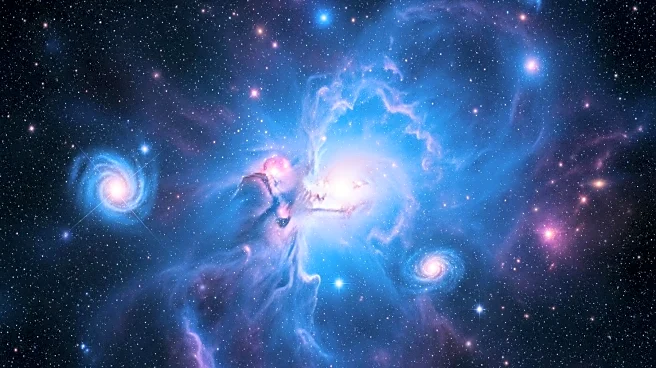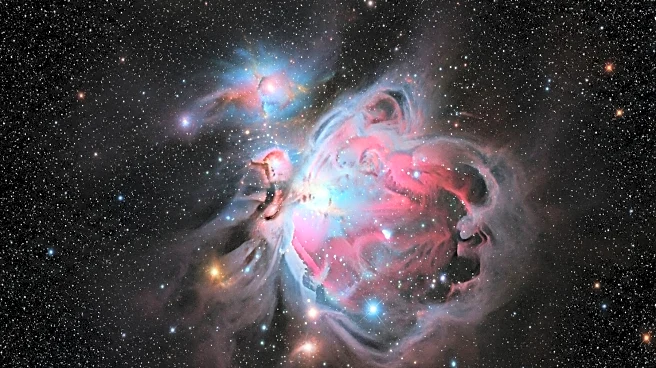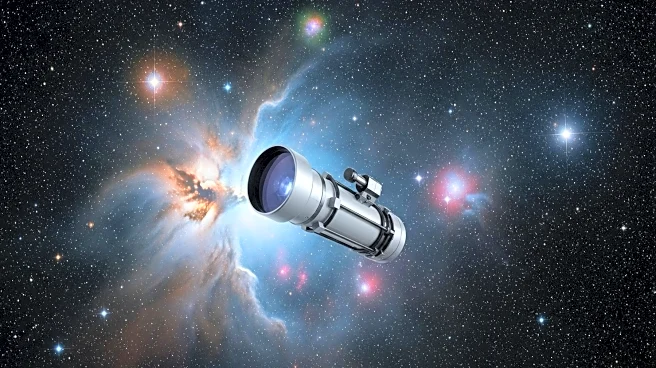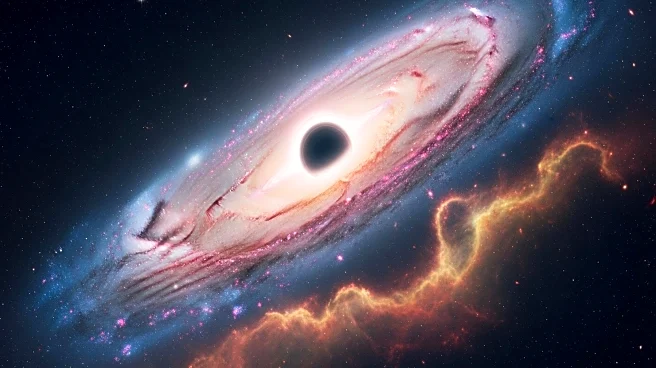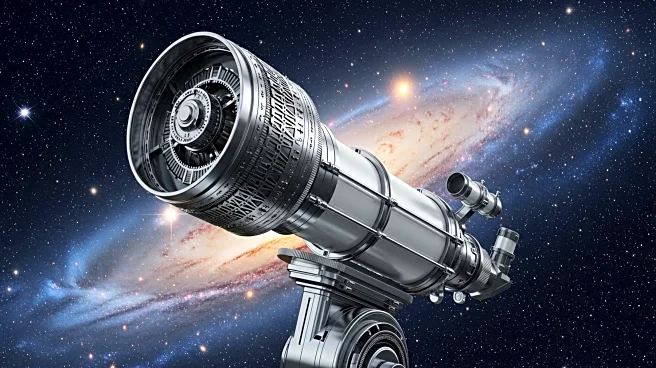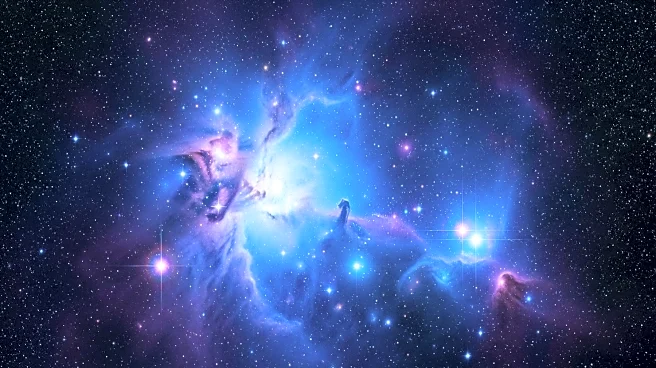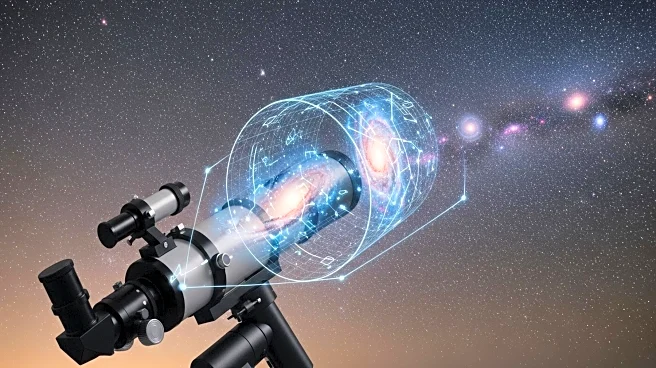What's Happening?
The James Webb Space Telescope has provided unprecedented views of Sagittarius B2, a massive molecular cloud located near the supermassive black hole at the center of the Milky Way. This region, densely packed with stars and star-forming clouds, is the largest and most active star-forming area in our galaxy. The telescope's Mid-Infrared Instrument has revealed intricate details of gas and dust, showing that areas appearing dark are actually dense with material that will form future stars. Researchers aim to understand why star formation in the Milky Way's center is low despite the abundance of gas.
Why It's Important?
The findings from the James Webb Space Telescope are crucial for understanding star formation processes in the Milky Way. Sagittarius B2, despite holding only 10% of the galactic center's gas, produces 50% of its stars, highlighting a significant discrepancy in star formation rates. This research could provide insights into the conditions that lead to star formation and the factors that inhibit it, impacting our understanding of galaxy evolution and the lifecycle of stars.
What's Next?
Researchers will continue to study the images and data from the James Webb Space Telescope to explore the mysteries of star formation in Sagittarius B2. The telescope's instruments will help determine the size and age of stars in the region, potentially revealing why star formation is less prevalent in the galactic center. This ongoing research may lead to new theories about star formation and the dynamics of molecular clouds.
Beyond the Headlines
The study of Sagittarius B2 could have broader implications for understanding star formation in other galaxies and the early universe. The conditions in this region may resemble those during the universe's infancy, providing a window into the processes that governed star formation after the Big Bang. This research could also inform models of galaxy formation and the role of magnetic fields in star formation.

